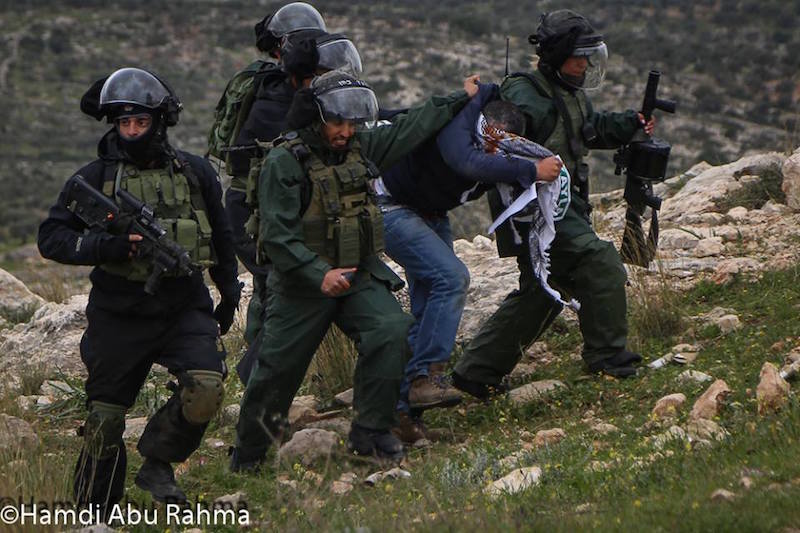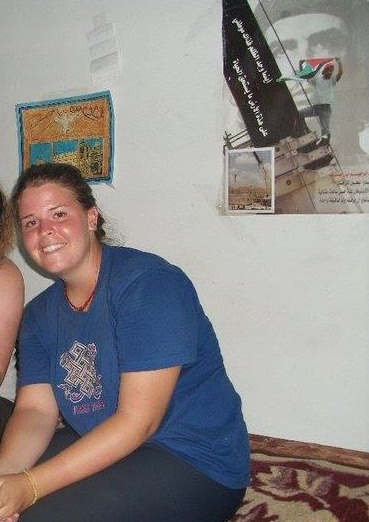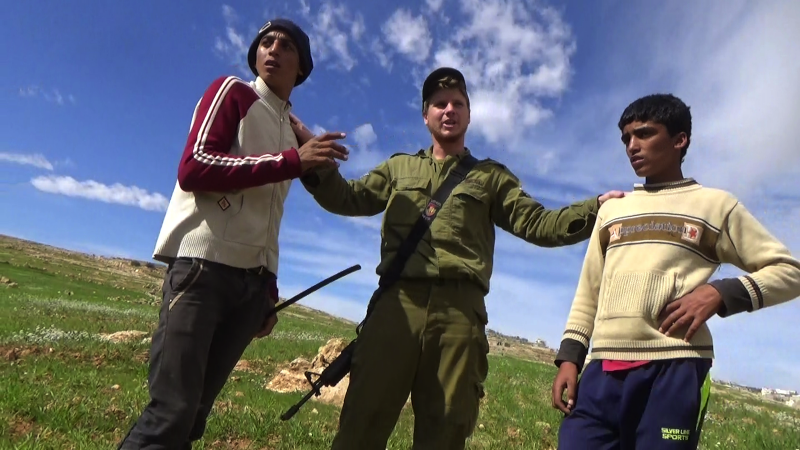Category: Reports
-
Demonstration in Bil’in honoring slain US citizens faces attacks and arrests by Israeli forces
17 February 2015 | International Solidarity Movement, Ramallah team | Bil’in, Occupied Palestine On Friday 13th February, Israeli forces assaulted the demonstration in Bil’in with hundreds of tear gas rounds, dozens of stun grenades and pepper spray, injuring eleven Palestinian, Israeli and international demonstrators. Member of the Bil’in popular committee Mohammed Khatib and a UK citizen and solidarity…
-
UPDATED: ISM honors Kayla Mueller
9th February 2015 | International Solidarity Movement | Occupied Palestine Update 10th February 2015: Today, 10th February, Kayla Mueller’s family confirmed she has been killed. Abdullah Abu Rahma, coordinator of the popular committee in the village of Bil’in where Kayla joined the protests, told ISM: “Kayla came to Palestine to stand in solidarity with us. She marched with…
-
Two Palestinian shepherds arrested in South Hebron Hills
8th February 2015 | Operation Dove | South Hebron Hills, Occupied Palestine On the morning of February 6, Israeli soldiers arrested two Palestinian shepherds, one of them aged sixteen. The soldiers tried to arrest another Palestinian shepherd but villagers prevented the arrest by popular nonviolent action. At about 10:40 a.m. four Palestinian shepherds were grazing their flocks…



